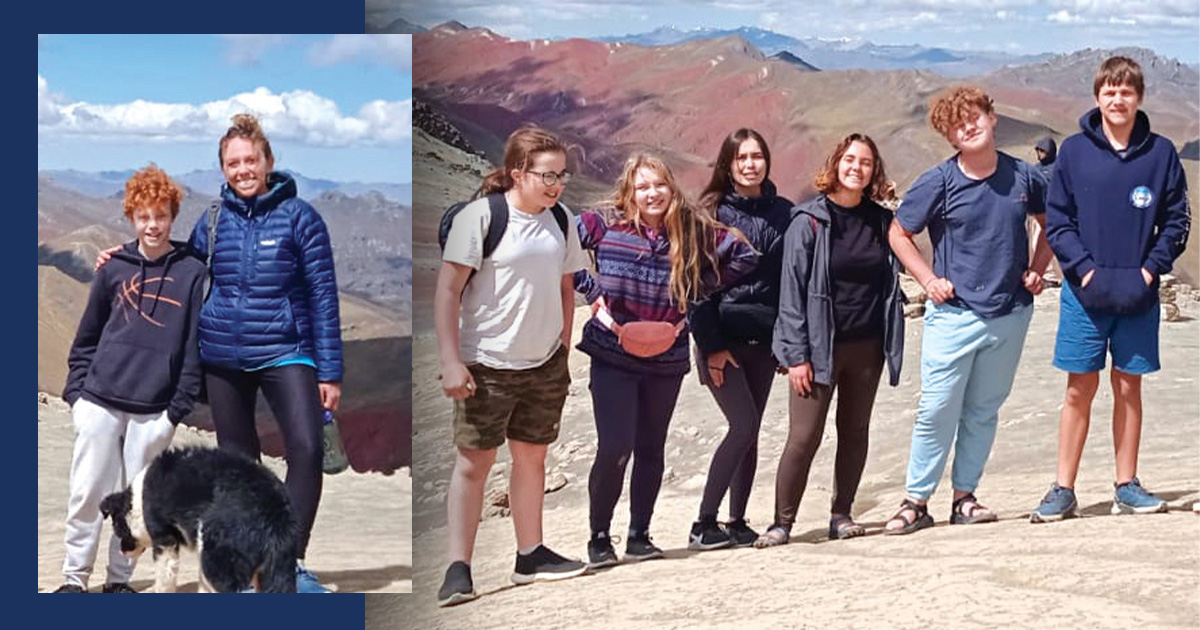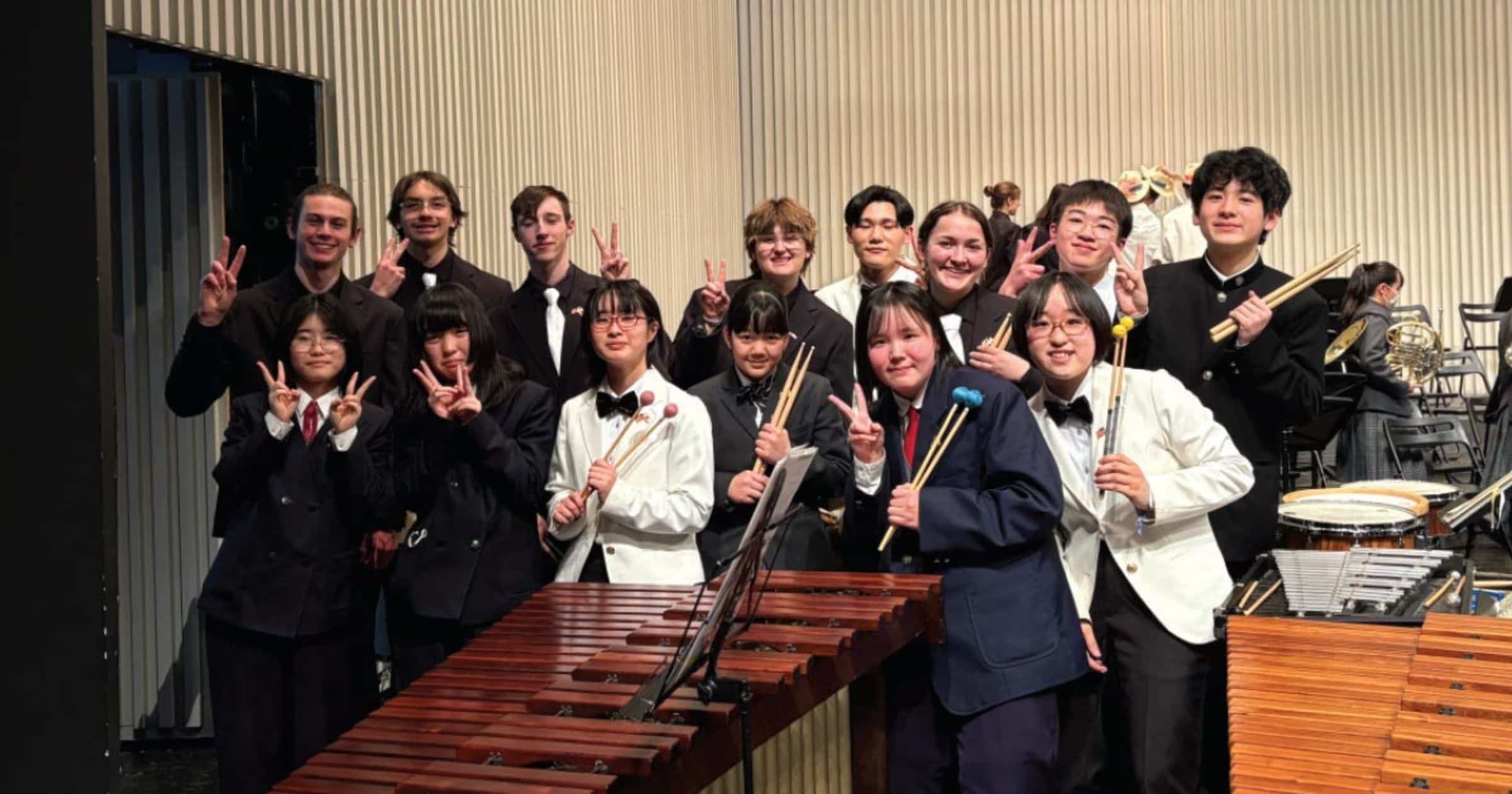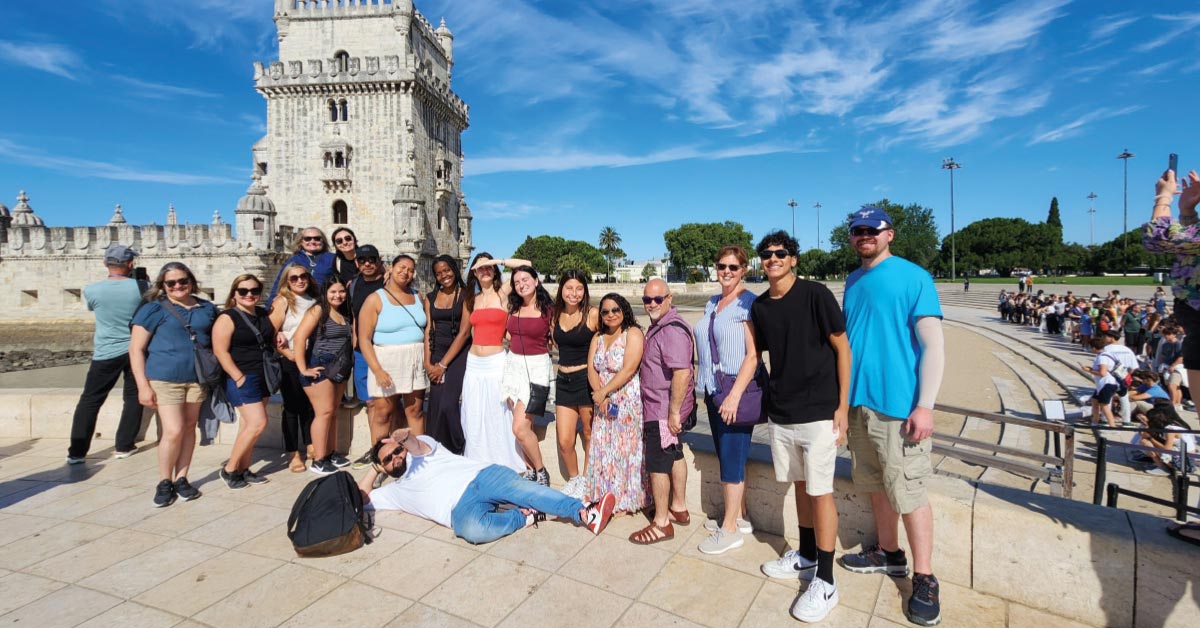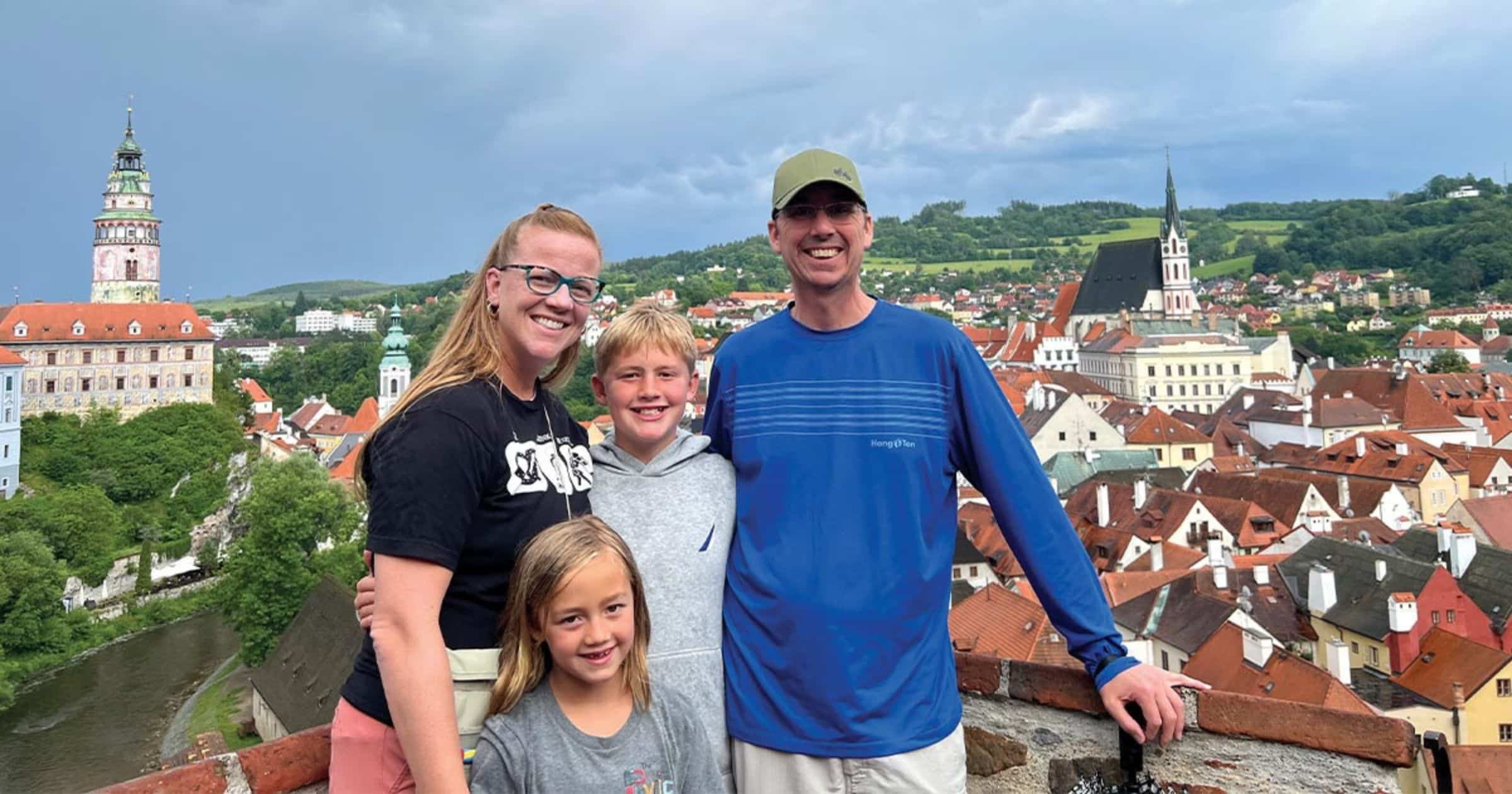Deb Alsup, kindergarten teacher at Tok School in the Alaska Gateway School District, isn’t originally from “The Last Frontier,” but transplanted there after growing up in Ames, Iowa, getting her college education in Utah, and traveling to faraway destinations across the globe.
Deb holds undergraduate degrees in Spanish and Environmental Science from Utah State, and, at age 40, continued her education at Western Governors University where she earned her Master’s in teaching. She moved to Tok in 2010, and completed her Master’s in 2015.
The small community of Tok is located southeast of Fairbanks and has a population of about 1,200 people. Tok School serves grades K-12, with its roughly 200 students all under one roof. Though Deb doesn’t teach Spanish classes, she finds plenty of opportunity to incorporate Spanish into her kindergarten classroom, talking with Secondary students and teachers in the hallways, and, as a result of those conversations, helped form the Spanish Club several years ago.
Shortly after, they started planning their first trip to a Spanish-speaking country, Costa Rica, in 2018. “It was so successful, and the kids loved it so much, they wanted to do it again,” she says. “We immediately started brainstorming for another trip—and we dreamed even bigger with a plan to go to Peru and the Galapagos Islands.”
This ambitious endeavor, which involved a group of seven middle and high school students, and two chaperones, was missing one important factor: funding. Deb knew that experiential education, especially through international travel, is just as important as classroom education. So, she started collecting statements from students and applying for grants. She received three: $15,000 from the Alaska Community Foundation, $7,000 from the Community Crossroads Foundation in Tok, and $25,000 from the Student & Youth Travel Association (SYTA).
These grants were essential in making their dream trip a reality, but they were still short about $20,000. The rest was made up with student fundraising, which included taco nights at the store, stacking and chopping wood, car washes, volunteering to sell concessions, odd jobs, and bake sales. “They worked really, really hard,” Deb says. “And, local businesses and the community were very supportive.”
While working to secure funding, Deb began researching student tour agencies to assist with coordinating and logistics. She chose Amazonas Explorer for the Peru portion of the trip and Neotropic Expeditions for the Galapagos. Both were instrumental, assisting with transportation, lodging, reservations, meals, equipment rental, and special excursions.
Their trip started in Peru, and one of the highlights was the Inca Trail day hike to Machu Picchu—which occurred after the group took some time to acclimate to the higher elevation. They also hiked Rainbow Mountain, with an elevation of approximately 17,000 feet, and took a 25-mile mountain bike ride in the Sacred Valley of the Incas. “This was a very physical trip,” Deb says. “It pushed the kids out of their comfort zones, not only culturally but also physically. That is the perfect catalyst for intense personal growth.”
Another part of their adventure was taking part in a traditional Pachamanca. They learned how to prepare an underground hot stone barbecue, and, while the meat and vegetables cooked, they went paddle boarding on Lake Huaypo. An additional highlight in Peru was white water rafting on the Uru Bamba River.
For the service component of the trip, they visited Chicuchas Wasi School for Girls, located outside of Cusco. The nonprofit school serves underprivileged young women, often those who have been abandoned by their husbands and left to raise their families on their own. The curriculum is focused on teaching these women how to support themselves and how to gain independence to stop the cycle. The students of Tok School brought boxes of school supplies collected back home and the students of Chicuchas Wasi put on a program of poems, dances, and songs and presented the group with handmade gifts. Together, they read the book “Recess at 20 Below,” by Cindy Lou Aillaud, and each learned about the other’s dramatically different climate, flora, and fauna. It was all very illuminating.
“I get choked up, because this experience was just so amazing for our students to see the gracious way that they received us and the few little school supplies that we brought,” Deb said.
Next, they flew to Quito, Ecuador and on to the Galapagos Islands. On San Cristobol Island, they got to swim with sea lions and sea turtles, and see blue-footed boobies and Darwin finches. On Isabella Island, they hiked, learned about volcanic geology, went sea kayaking, visited the giant tortoises, and snorkeled just five feet above a school of dozens of nurse sharks that were sleeping in a lava crack on the ocean floor. On Santa Cruz Island, biologists at the Charles Darwin Research Center expanded on the science behind all of the wonders they had just experienced.
Possibly the most fascinating part of this leg of their trip was going to the equator and the Mitad del Mundo (Middle of the World Monument). The kids enjoyed seeing a demonstration of how the natives made shrunken heads, and took part in a lesson in gravity at the equator line. They attempted to balance an egg, and watched a demonstration of the coriolis effect using a mobile sink showing water swirling clockwise, counterclockwise, and straight down depending on its placement on either side.
The students returned home with an entirely new worldview, and their lessons and experiences didn’t stay with them. They put together a slideshow to present to the school and the community, giving the people of Tok the opportunity to benefit from their trip as well—and showing those who supported them just how much of an impact they had.
“Many of the students in Tok have never left Alaska,” Deb said. “As a teacher, to watch their eyes open as they had these mind-blowing experiences was just so rewarding and amazing for me—and it was life changing for them.
“Now, travel is not going to be scary. They have the confidence to independently and fearlessly explore the world.”
Don’t Leave Home Without It!
One lesson Deb Alsup learned on this trip was to be prepared for illness when traveling overseas. Oftentimes, our constitutions differ from other cultures’, and that can cause an array of intestinal troubles. The lifesaver for this trip was a first-aid kit provided by Amazonas Explorer, which she now packs on every out-of-the-country expedition. It includes Buscopan, an antispasmodic; Immodium A-D for traveler’s diarrhea; Metocloperamide for motion sickness; Pepto Bismol; and Ibuprofen.
Written by Allison Kay Bannister for the January 2024 issue of Teach & Travel.
Photo Courtesy of Deb Alsup.





